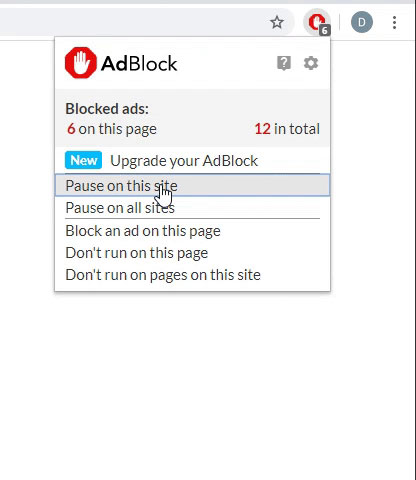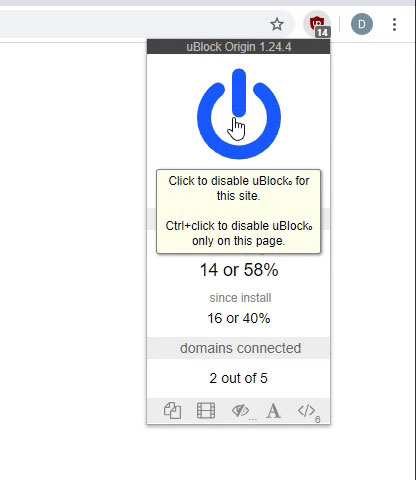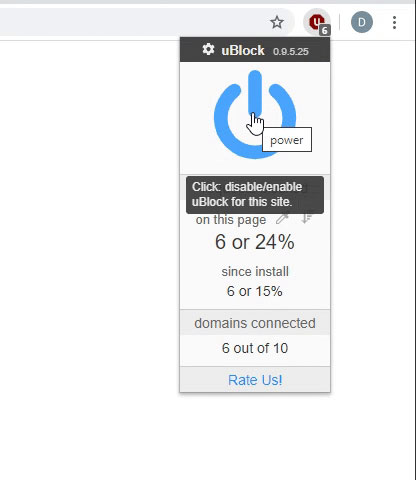Mark Green
Board Regular
- Joined
- Apr 15, 2016
- Messages
- 125
I have a column of 170+ numbers that have different decimal places.
Some say, 297.4356, another 454.27, another 386.537 etc.
For each number in the column I would first like to round the number up or down,
THEN remove the decimals completely.
So that when you highlight a cell and look at the top bar you see only the integer, no decimal at all.
I hope someone can tell me how I can achieve this?
TIA
Some say, 297.4356, another 454.27, another 386.537 etc.
For each number in the column I would first like to round the number up or down,
THEN remove the decimals completely.
So that when you highlight a cell and look at the top bar you see only the integer, no decimal at all.
I hope someone can tell me how I can achieve this?
TIA





